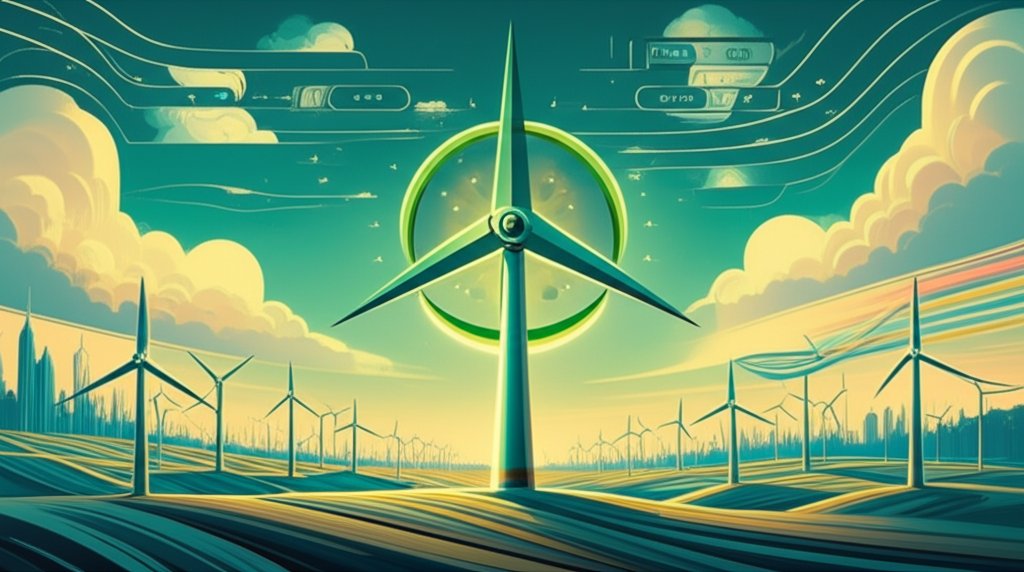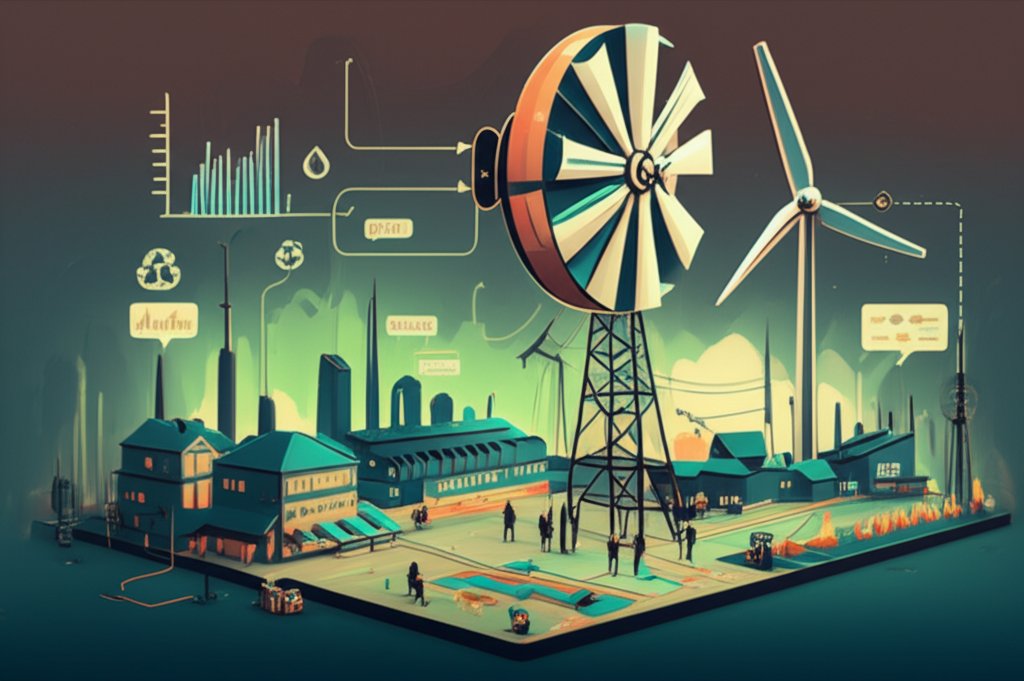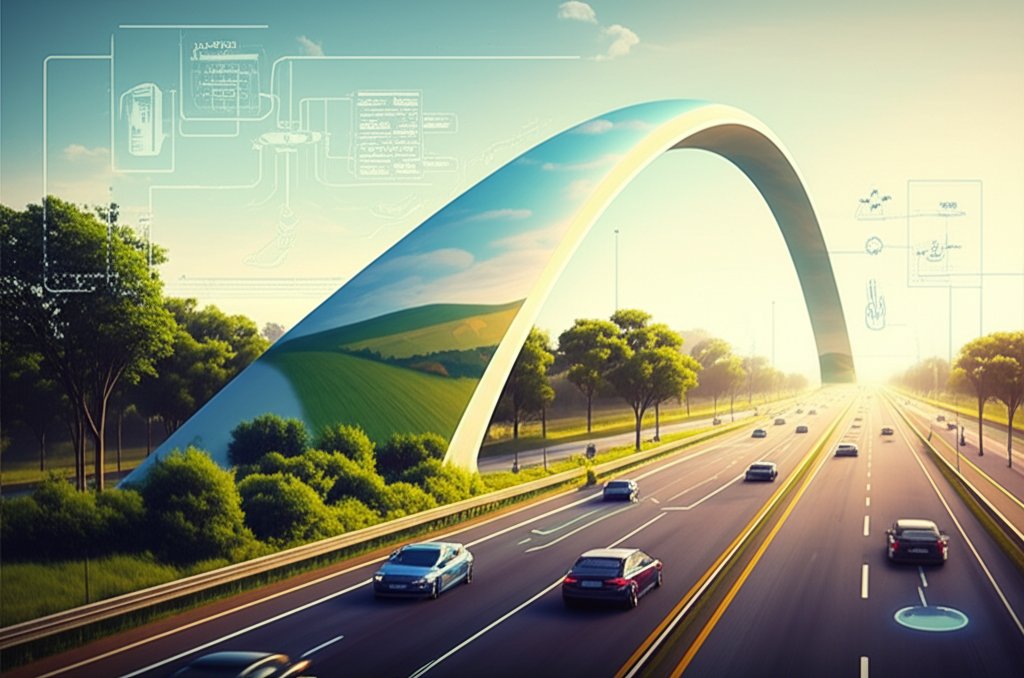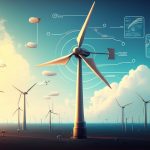Imagine your Monday morning commute grinding to a halt because a massive wind turbine blade is sprawled across Interstate 70. That’s exactly what happened near Hagerstown, Maryland. A wind turbine blade i-70 hagerstown was the center of attention bringing traffic to a standstill and sending one person to the hospital.
At a glance:
- A wind turbine blade detached from a truck on I-70 near Hagerstown, MD.
- The incident occurred around 5:00 AM, blocking both directions of the highway.
- One person was injured and transported to a local hospital.
- The highway was fully reopened by mid-morning after crews removed the blade.
- The cause of the incident is under investigation.
What Happened on I-70?
Early Monday morning, chaos erupted on Interstate 70 near Hagerstown. A wind turbine blade, being transported on a tractor-trailer, became detached from the vehicle. The massive blade crossed the median and landed across multiple lanes of traffic, effectively shutting down the highway in both directions. The incident occurred around 5:00 AM near Exit 26, the interchange with Interstate 81, a particularly busy section of the highway.
The Maryland State Police and the Maryland State Highway Administration responded quickly to the scene. Traffic cameras showed the enormous blade stretching across the highway, a stark image that quickly spread across social media and news outlets.
The Aftermath: Injuries and Traffic Delays
The immediate priority was ensuring the safety of motorists and clearing the obstruction. One person was injured in the incident and transported by ambulance to Meritus Medical Center with non-life-threatening injuries. While details about the extent of the injuries weren’t immediately available, it’s a stark reminder of the potential dangers associated with transporting oversized cargo.
Drivers faced significant delays throughout the morning commute. With I-70 being a major east-west artery, the closure caused ripple effects across the region’s transportation network. The Maryland State Highway Administration worked to divert traffic and get the highway reopened as quickly as possible.
How Was The Blade Removed?

Removing a massive wind turbine blade from a busy interstate is no easy feat. Crews used heavy equipment to carefully maneuver the blade back onto the westbound lanes before a truck towed it away. It took nearly three hours to fully clear the scene. By 8:15 AM, all lanes of I-70 were reopened to traffic.
What Caused the Wind Turbine Blade to Detach?
The million-dollar question, of course, is why did the blade come loose in the first place? Investigators are still working to determine the precise cause. Potential factors could include:
- Improper securing of the blade: Was the blade properly fastened to the trailer? Were the chains, straps, or other securing devices adequate for the size and weight of the load?
- Equipment failure: Did any of the equipment used to secure the blade fail? This could include broken chains, snapped straps, or malfunctioning tie-down mechanisms.
- Driver error: Did the driver make any errors that contributed to the incident, such as taking a turn too sharply or driving at an excessive speed?
- Road conditions: Were road conditions a factor? While the weather was clear at the time, bumps, potholes or uneven road surfaces could have contributed to the blade becoming loose.
- Manufacturing defect: Is it possible that there was a pre-existing defect in the blade or the securing mechanisms?
Why So Many Wind Turbine Blades on the Road?
You might be wondering why you’re seeing more and more news stories about wind turbine blades on highways. There are a few key reasons:
- Growth of wind energy: The wind energy industry is booming. As more wind farms are built and existing ones are upgraded, the demand for wind turbine blades is increasing.
- Size of the blades: Wind turbine blades are getting longer and longer. Longer blades capture more wind energy, but they also present logistical challenges for transportation. Modern blades can easily exceed 100 feet in length, making them difficult to maneuver on roadways.
- Manufacturing locations: Wind turbine blade manufacturing facilities aren’t always located near wind farms. This means that the blades often have to be transported long distances by truck or rail.
The increasing size of wind turbine blades and the logistical challenges of transporting them mean that incidents like the one on I-70 are likely to become more common unless preventative measures are implemented.
Safety Measures for Transporting Wind Turbine Blades

Transporting wind turbine blades is a complex and carefully regulated process. Here are some of the key safety measures that are typically in place:
- Permitting: Transportation companies must obtain permits from state and local authorities to transport oversized loads. These permits often specify approved routes, time-of-day restrictions, and other safety requirements.
- Escort vehicles: Often, escort vehicles accompany the truck carrying the blade to warn other motorists and help navigate tight turns or other challenging situations.
- Highly trained drivers: Drivers who transport wind turbine blades typically undergo specialized training to handle the unique challenges of hauling oversized loads.
- Regular inspections: The trucks and trailers used to transport wind turbine blades are subject to regular inspections to ensure that they are in good working order.
- Load securement: Strict regulations govern how wind turbine blades must be secured to the trailer. These regulations specify the type and number of chains, straps, and other securing devices that must be used.
What’s the Future for Wind Turbine Technology?
The incident raises questions about the future of wind energy and the technology involved in manufacturing and transporting these massive components. As we strive for cleaner energy sources, innovation and safer transport methods will be essential.
The wind energy sector is continuously evolving, with advancements in materials science and turbine design. You might be curious about Liam F1 Turbine: The Future and how its design could impact transportation challenges. New designs focus not just on efficiency, but also on ease of manufacturing, installation and maintainance.
Common Questions About Wind Turbine Blades
Let’s address some common questions about wind turbine blades and the broader wind energy industry:
Q: How long do wind turbine blades last?
A: The lifespan of a wind turbine blade is typically 20-25 years. However, this can vary depending on factors such as the climate, the quality of maintenance, and the operating conditions.
Q: What happens to wind turbine blades when they reach the end of their life?
A: This is an ongoing challenge for the wind energy industry. In the past, many old blades were simply sent to landfills. However, there is growing interest in recycling or repurposing them. Some companies are exploring ways to grind up the blades and use the material in concrete or other construction materials. Others are investigating ways to reuse the blades for bridges or other infrastructure projects.
Q: How much power does a single wind turbine generate?
A: The power output of a wind turbine varies depending on its size, design, and the wind conditions at the location. Modern wind turbines can generate anywhere from a few kilowatts to several megawatts of electricity. Learn more about Wind Turbine Power Output and the factors that influence it.
Q: Are wind turbines noisy?
A: Wind turbines do generate some noise, but the noise levels are typically not excessive. The noise is usually a whooshing sound caused by the blades rotating through the air. The noise levels are generally higher closer to the turbine and decrease with distance. Regulations often limit the amount of noise that wind turbines can generate, especially in residential areas.
Q: Are wind turbines dangerous to birds?
A: Bird collisions with wind turbines have been a concern for environmental groups. While it is true that some birds are killed by wind turbines, the number is relatively small compared to other human-related causes of bird mortality, such as collisions with buildings, power lines, and cars, as well as habitat loss. Wind farm developers often take steps to minimize the risk to birds, such as siting turbines in areas with low bird populations, using radar to detect birds and shut down turbines when necessary, and painting one blade black which has been shown to reduce fatalities.
Next Steps: What Can Be Done to Prevent Future Incidents?
The wind turbine blade incident on I-70 near Hagerstown serves as a wake-up call. To prevent similar incidents in the future, a multi-pronged approach is needed:
- Stricter regulations: Strengthen regulations governing the transportation of oversized loads, including wind turbine blades. This could include more frequent inspections, stricter load securement requirements, and mandatory driver training programs.
- Improved infrastructure: Invest in improving our nation’s infrastructure to better accommodate the transportation of oversized loads. This could include widening roads, raising bridges, and clearing obstructions along transportation routes.
- Technological innovation: Develop new technologies for transporting wind turbine blades. This could include using specialized trailers with advanced suspension systems, or even exploring alternative transportation methods, such as rail or barge.
- Public awareness: Increase public awareness of the risks associated with transporting oversized loads. This could include educational campaigns to inform motorists about how to safely share the road with these vehicles.
By taking these steps, we can help ensure that the transportation of wind turbine blades is done safely and responsibly, minimizing the risk of accidents and disruptions. The transition to renewable energy is vital, but it must be done with safety as a top priority.
- Hydro Extrusions USA Leads North American Aluminum Profile Solutions - December 28, 2025
- Hydro North America Leads Aluminum Extrusion Solutions Across Diverse Industries - December 27, 2025
- Hydro Extrusion North America Provides Custom Solutions Across Diverse - December 26, 2025
















